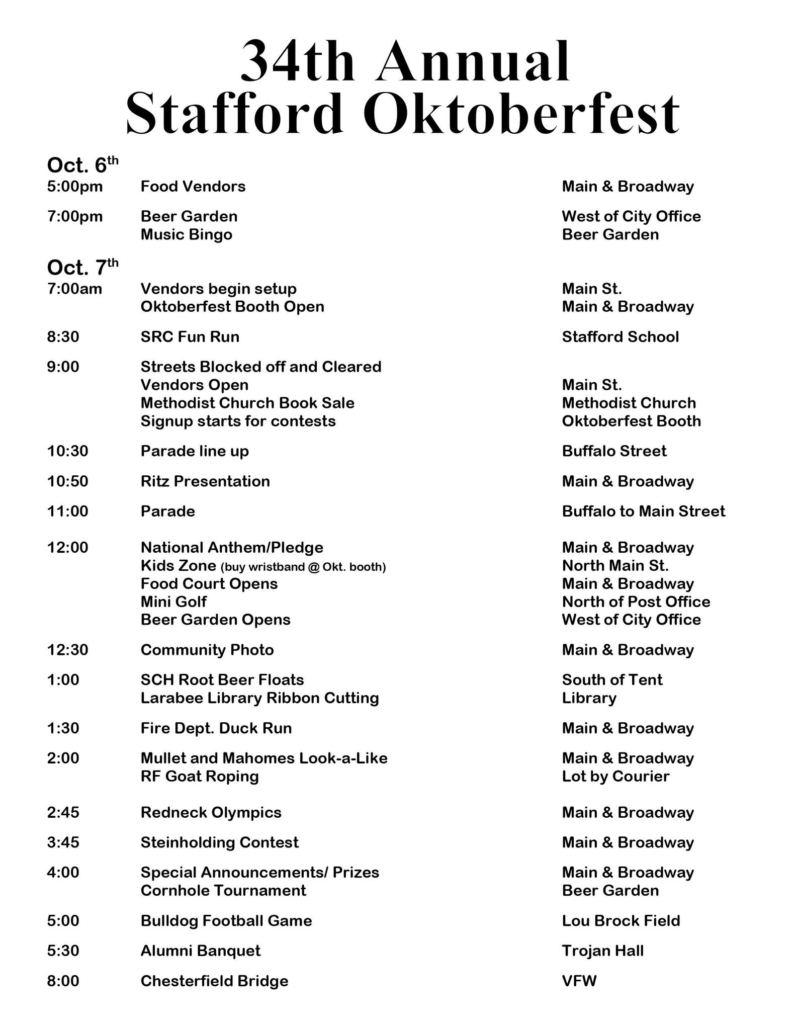By Beccy Tanner
When Connie and Tim Gross retired in 2015, they moved to Stafford County.
For both, it was a coming home.
Connie was born and raised in Stafford County; Tim, from Pawnee County.
They moved to her family’s fourth-generation homestead located six miles north of St. John, off US-281. The property was originally homesteaded by John Shotton in the late 19th century. The Walls family farmhouse was built in 1900.
And, in their own way, Connie and Tim began their lives in 2015 as pioneers back on the farm.
“We decided we wanted to put up a garden because I have always liked to play in the dirt,” Connie said. “The garden we planted had a whole bunch of things.”
It did great.
In fact, there was lots of produce.
“We decided to go ahead and take things to the markets because we had more than we could use,” she said.
A lot more –oodles of green beans, jalapeno peppers, tomatoes, okra, cucumbers, squash, watermelons, cantaloupe, Brussel sprouts and even more than that.
What they didn’t sell at local markets, they gave to churches.
“We just had too much,” Connie said.
So, they began canning.
But as they began selling produce and canned products, they needed a name.
That’s where family history and humor come in.
“When I was little, my cousin, Carol, asked her dad what their farm was named,” Connie said. “Because they had a little hill, her dad (Fred Walls) told them it was Mountain View. And I was really thinking, ‘Well, I wonder what our farm is called?’ At the time before they leveled out the land, the road went up a little hill and came back down then went up again. My dad said it was Turkeyknob Hill. I thought that was pretty cool. I didn’t think it was as pretty as Mountain View but I got a kick out of it.
“So, when we were doing this, we decided we’d call this TurkeyKnob Farm.”
First came the salsa.
And pickles.
Then, their creativity really set in.
The names of their canned products roll off the tip of a tongue. Some are just fun to say:
Bourbon Caramel Apple Jam, Strawberry Jalapeno Jam, Chokecherry Jelly, Jalapeno Butter and Rattlesnake Relish.
TurkeyKnob Farms was one of the first businesses to utilize Shop Kansas Farms, a Facebook page and website that promotes Kansas grown products.
After that, the rush was on.
“I wrote on the page that we had jalapeno butter, and we were selling it around town and at local markets,” Connie said. “We had over 800 responses, 600 people wanted to order it. We had 24 jars at that time. So, that’s really what started TurkeyKnob Farm as a small business.”
The jalapeno butter is Tim’s personal tried and true recipe.
“Tim was working at the stove almost continually making the jalapeno butter. There was no way we could meet the first 600 orders but we did try to meet most of them. As time went by, he began making candied jalapenos as well.”
He has also made and created barbecue sauces.
Both Connie and Tim are mostly self-taught cooks. Both their fathers inspired them to experiment with jams and food combinations.
Connie said her father, George Walls, loved to make strawberry rhubarb jam. However, she doesn’t care much for rhubarb but does make some mighty-mean strawberry jam.
“It seriously tastes like you are eating fresh strawberries,” she said.
Tim was in college when he began exploring different methods of cooking.
“I was living in a house with roommates, and I got a lot of cooking in that way,” he said. “I had an interest in what kind of spices go together to get an optimal taste. It was trial by error. I learned to make the barbecue sauces and then the jalapeno products, as well.”
Currently, the couple market 15 different products. They are sold in eight White Foodlineir stores, some co-ops and various specialty shops such as Smith Market in Hutchinson, Sunflour Café & Collective in Wichita, Happy Valley Farm in DeSoto, Golden Belt Beef near St. John, Miss Pretty Pickles in Great Bend and Simply Unique in Larned.
The number of products they have available can vary from time to time.
A link to their page with Shop Kansas Farms is https://shopkansasfarms.com/turkey-knob-farm-llc
Last year, their business was placed on hold for about nine months. Connie suffered a major fall and ended up with several broken bones, torn muscles and ligaments. Then, there were several surgeries.
And, in the meantime, they moved – twice.
“One of the reasons we moved is that we felt, at our age, we couldn’t take care of the property like we wanted. And, we wanted to get our living area all on one level,” Conniie said. “My dad and Tim’s mother have already passed away. We didn’t have any big reason for keeping us in Stafford County. A couple of our kids now live in the Kansas City area, and we wanted to be a lot closer to our grandkids.”
They now live in Berryton, Ks., near Topeka.
Still Stafford County is close to their hearts.
“I was born and raised in Stafford County and we still have a lot of friends still there,” Connie said. “It was a hard decision to leave. We lived there eight years. But we felt we were getting older and didn’t want to miss out on our grandkids.”
In the meantime, TurkeyKnob products can be found in almost any store around.


